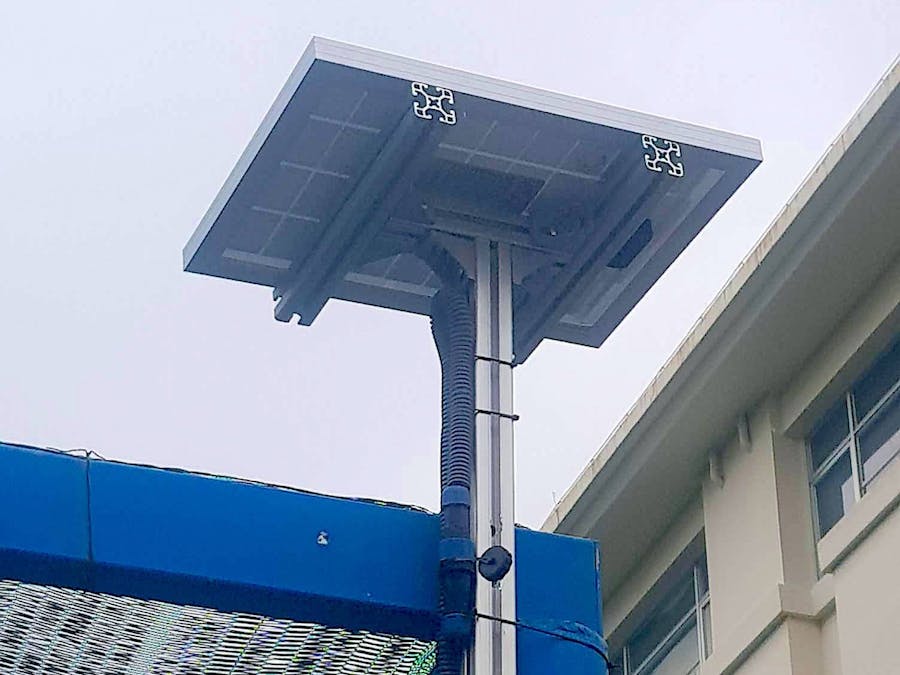Around 3 years ago, my school club started the compost initiative. Our goal was to compost our school's food waste, instead of sending it to a landfill or a pig farm, in order to lower our community's carbon footprint. This initiative has expanded greatly over the years: we now have an additional vermicomposting bin, have organized numerous events and programs for younger students about composting and the environment, and have also created the Compost Center, a designated area in our school for our compost.
This project was created for our vermicomposting bin. To improve the quality of the compost, I created this monitoring system so I can ensure peak performance by creating ideal humidity and temperature levels for the red worms.
Since we used red worms for our compost, the optimal temperature would be between 15 and 25ºC (and preferably no higher than 30ºC), and the optimal humidity is at around 40 to 60%. The data from the sensors will allow us to know exactly what we need to do to the compost in order to reach peak performance. For example, if the humidity is too high, we could increase the amount of brown material/waste (e.g. dried leaves, paper, etc.) to decrease the water content in the compost.
Components:
I used a solar panel to supply the system with energy. The solar panel had a power output of 18 Volts, 10 watts. The solar charge controller had an output of 12V/24V (auto detect), and capacity of 10 amps. The battery is 12V, with a capacity of 5Ah. The solar panel was placed approximately 4 m off the ground, and was 6.2º facing south. I used an application to measure the optimal angle for the solar panel. The solar power battery can go for 7 days without recharging. Since I live in Vietnam, that won't really be a problem!
I used an LCD screen to show the real-time humidity and temperature levels in 1 second intervals, along with the date and the time. Since the screen is not waterproof, I used a 3D-printed casing for the screen. I also put it at a slight angle so that rain could slide off the face of the screen.
For the database, I put it on an SD card*. The temperature and humidity data is recorded every minute. It will take 384 years for the SD card to be completely filled. I also used an RTC module to track the date and time.
(This system can be adapted for any outdoor purposes, and depending on the sensor used, can measure different things, as long as the area has plenty of sun for the solar panel.)




_ztBMuBhMHo.jpg?auto=compress%2Cformat&w=48&h=48&fit=fill&bg=ffffff)










Comments
Please log in or sign up to comment.